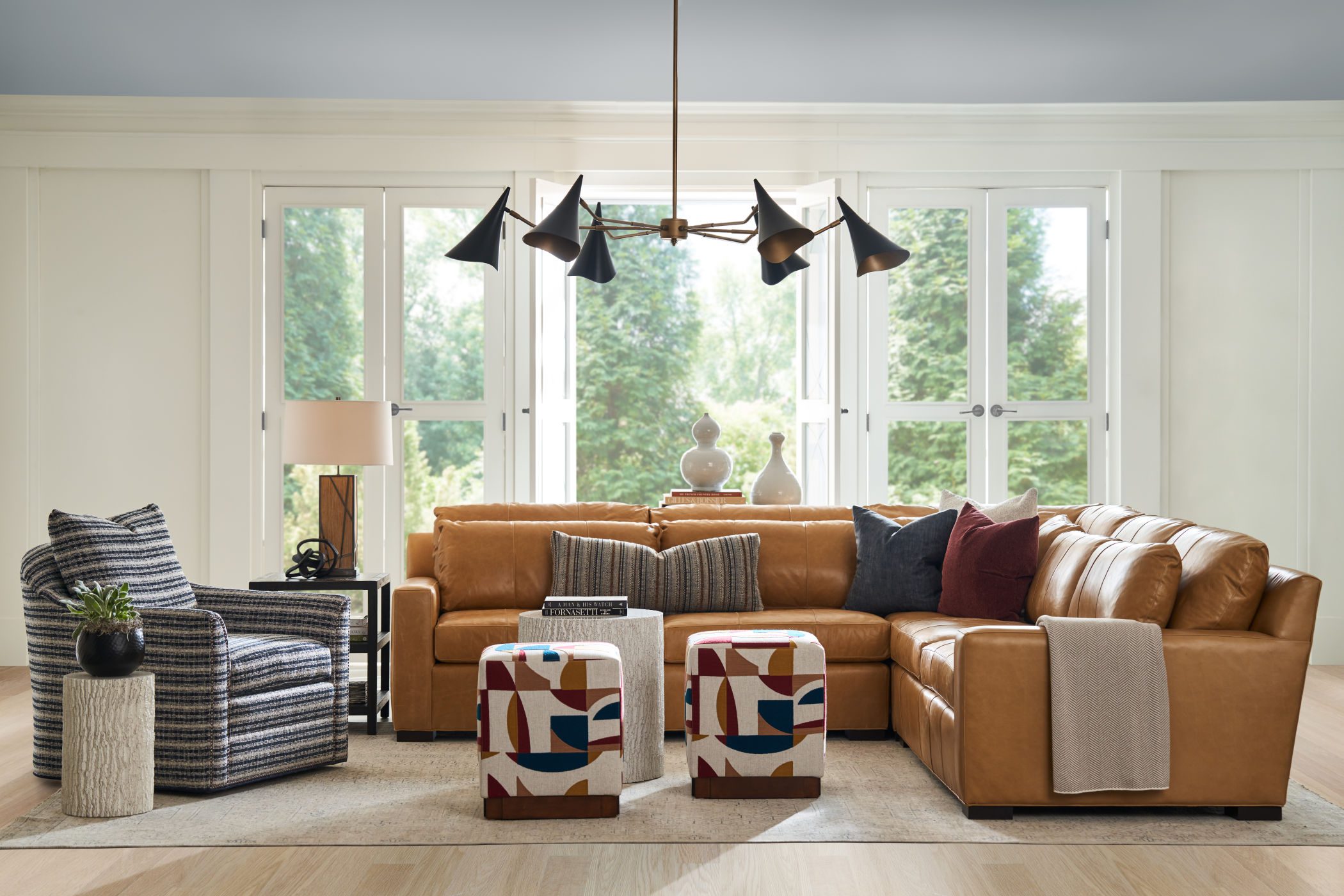As our daily life and activities take place indoors, it is important that we understand and utilize the available space of our home’s interior to its fullest potential. This is where the psychology of space comes into play and why it is crucial to understand the philosophy behind it when designing our home.
The Connection Between Psychology and Interior Design
A recent study shows that more than two-thirds of Americans spend more time staying at home than ever before. Since we spend so much time at home, it is important that the interior is designed around the occupants – us! Having a welcoming home that makes you relaxed after a long day can benefit your mental well-being.
Interior design and psychology are closely interlinked. The layout, lighting, colors, textures, and furnishings in a space can have a profound impact on our mood and behavior. The comfort and atmosphere of a room are linked to how the interior of a room or building is designed.
A well-designed interior aims to make occupants feel comfortable, relaxed, productive, or uplifted. Environments designed using psychological principles can reduce stress, enhance creativity and focus, and promote wellness.
Understanding how to maximize the available interior space in each room will impact how you view and use those rooms. It can also help create warmth and comfort inside the room.
If the room is bleak and cold, it can leave an unwelcoming atmosphere that makes people feel uncomfortable while inside. Having the correct balance on how to create a sense of well-being and harmony in interior design is why you need to work with a professional design consultant services who understands this.
How Lighting Affects Your Mood and Behavior
One way you can incorporate the psychology of space in an interior is through lighting. The way lighting is set up in a building’s interior has a significant effect on the mood of a room.
Natural light is important in creating a pleasant mood, as the warmth from the sun can be difficult to replicate artificially. Therefore, it is important to incorporate natural light into your interior space. Using reflective surfaces can help bounce the light and warmth around the room.
The color of the lighting can also have an effect on how people perceive a space. Bright white lights that create no shadow effects can emphasize wall dimension, while warmer yellow lighting can create shadow effects that make the room feel larger.
Downlights, floor lights, and wall sconces can create the illusion of the room walls being taller than it is by drawing your eyes to certain areas that are not just at eye height, plus the shadows created by these lights create even more depth than just a flat wall.
You can use lampshades with warm white lights that can help create artificial natural light to help brighten up the bedroom. The idea is to shine these warm color lights onto the walls and ceilings to help brighten any dark areas in the room and remove any shadows.
How Furniture Affects Your Mood and Behavior
Since we interact frequently with furniture while at home, it’s important to choose pieces that suit the intended atmosphere. Investing in comfortable, ergonomic furniture can have a positive impact by promoting relaxation and better posture, while hard, uneven seating can lead to irritability and restlessness.
The psychology of space can help dictate the layout of your furniture inside the interior. You need to create a natural flow between the furniture and space so the room creates the correct atmosphere. Disorganized, chaotic furniture clutter creates distraction, while clean, minimalist furnishings promote focus.
Strategic furniture placement also interacts with lighting to support various activities. Bright task lighting paired with a desk, for example, aids productivity. Dim, ambient lighting near a lounge chair sets the stage for relaxing. This interplay of furnishings and lighting together can influence how expansive or intimate a space feels.
How Colors Affect Your Mood and Behavior
The colors used in a room or space can have a significant psychological and emotional impact. Certain hues invoke emotions and moods inside a room. It can also influence how big a room feels.
For example, you may want to use warm tones like yellow, red, and orange in dining spaces to increase appetite. While white makes a room feel brighter and bigger. On the other hand, green and cool blue are well-suited to home offices as they evoke feelings of calm and serenity.
Grey is used for neutral moods, it can help create a unified feeling that the room is cool and calm. If you choose a lighter grey color, it can make the room seem larger than it is, as it will reflect the natural light off the walls.
In conclusion, the psychology of interior space and design has a profound influence on our daily lives at home. By understanding how lighting, furniture, and color affect a room, you’ll be able to create a space that promotes healthy well-being.
We need to consider psychological needs in order to create sanctuaries that provide comfort, harmony, and a sense of refuge from the stresses of the outside world when designing home interiors. Ultimately, a psychologically-attuned home environment enriches our mental and emotional health.
If you’re in search of interior design services in Lafayette, LA, to make your home the sanctuary you’ve always dreamed of, contact Albarado’s Fine Furnishings today. Our design experts will easily be able to help you choose the right furniture, lighting ideas, and colors to create the ideal space for your room through one of our complimentary design consultations.
Book a Free Design Consultation!
Sources:
https://www.falmouth.ac.uk/news/psychology-space-how-interiors-shape-our-behaviour

